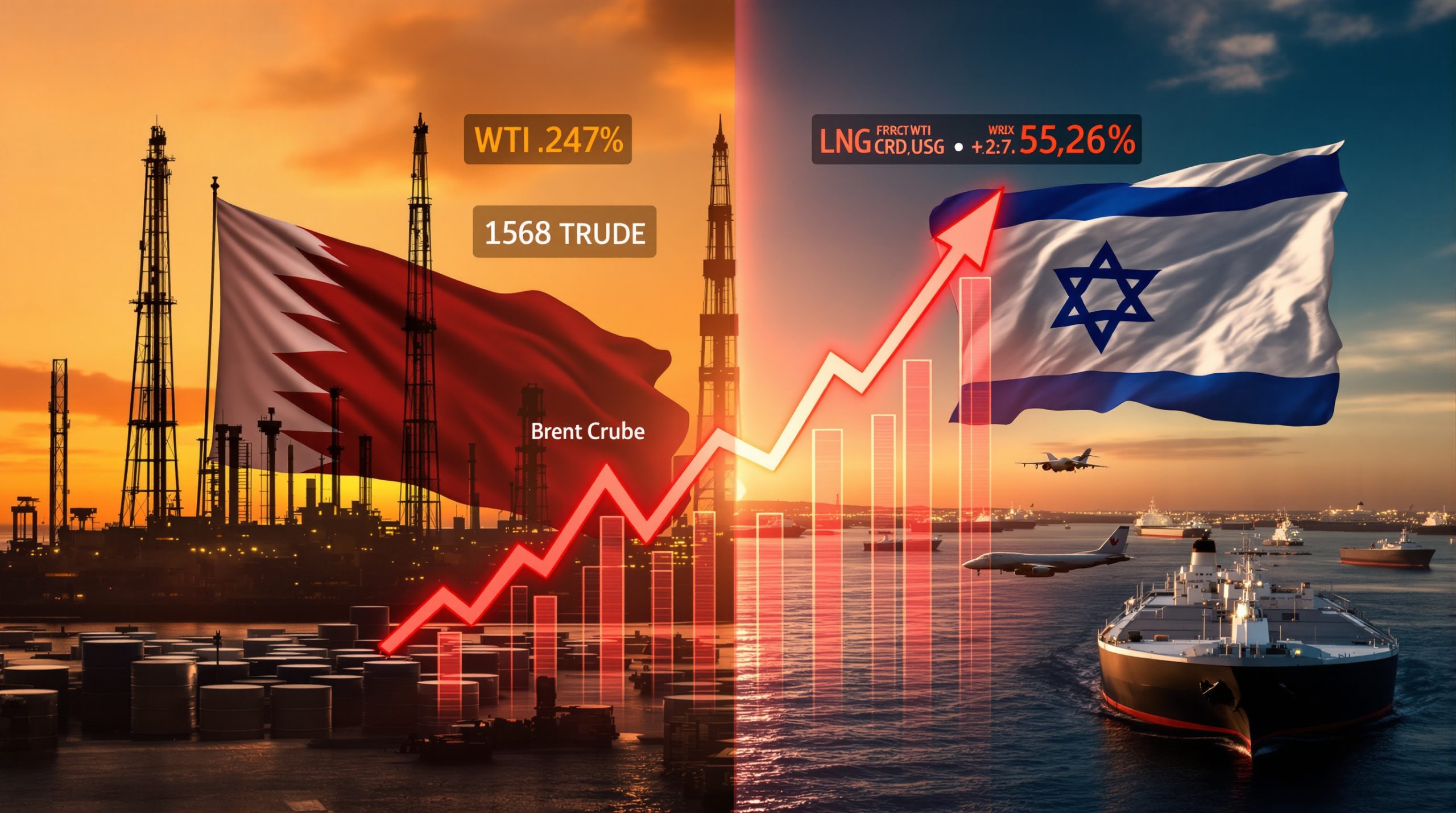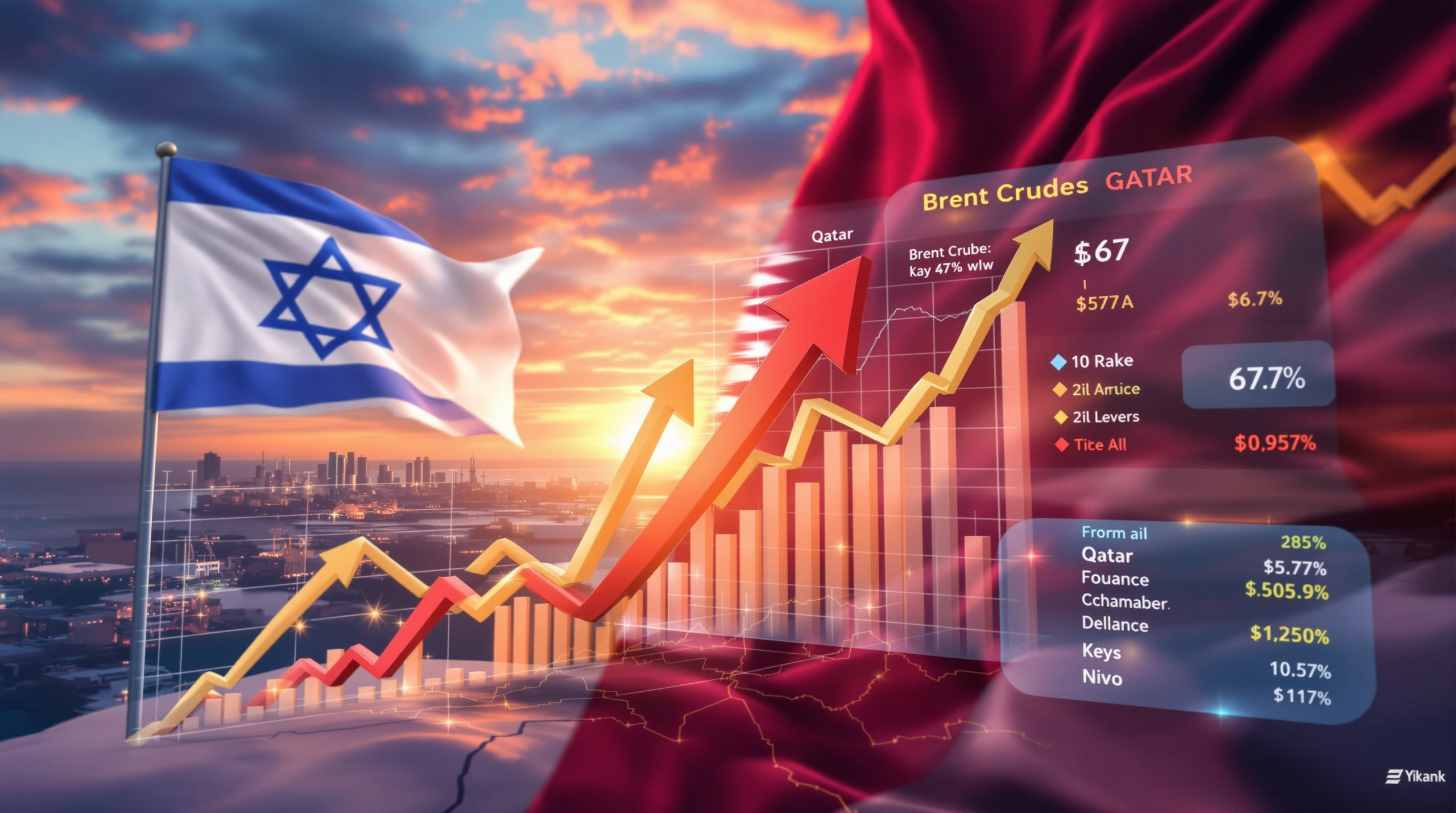What Is the Gold to Silver Ratio?
Key Statistics & Data
The gold to silver ratio is calculated by dividing the current gold price per ounce by the silver price per ounce. As of April 2025, the ratio stands at 100:1, with gold trading at $3,300/oz and silver at $33/oz. Historically, the ratio averaged 16:1 to 30:1, reflecting the natural geological occurrence of 1 ounce of gold and 16–30 ounces of silver per ton of mined ore.
Expert Quotes & Insights
Carrasco notes, "The gold to silver ratio is dictated by nature, not paper markets." Former JP Morgan traders have acknowledged silver price suppression through paper trading mechanisms. Understanding historical gold and silver trends is essential for investors looking to capitalize on this relationship.
Technical Details
The ratio's divergence from geological norms suggests systemic market distortions. For every ton of ore processed, miners extract 1 ounce of gold versus 16–30 ounces of silver, implying a natural equilibrium closer to 20:1. This can be verified through various gold-silver ratio historical charts.
Why Is the Current Gold to Silver Ratio Significant?
Key Statistics & Data
Silver demand exceeds annual production by 250 million ounces (1 billion vs. 750 million ounces). This deficit, ongoing since 2023, underscores supply constraints. Meanwhile, gold prices have risen in all nine major currencies, signaling global fiat devaluation. Recent gold market analysis confirms this trend.
Expert Quotes & Insights
Carrasco calls the 100:1 ratio "the biggest opportunity to jump on lifeboats cheaply". He attributes silver's undervaluation to "paper market shenanigans" and institutional neglect, with only 1–2% of portfolios allocated to precious metals.
Technical Details
Central banks, led by China, hold over 20,000 tons of gold, positioning it as a cornerstone in the evolving monetary system. Treasury Secretary Scott Bant's plan to "revalue the asset side of the ledger" hints at gold-backed monetary reforms.
How Does Nature Determine the "True" Gold to Silver Ratio?
Key Statistics & Data
Geological surveys show a consistent 1:16–1:30 gold-to-silver extraction ratio. Yet the market ratio has exceeded 80:1 since 2020, diverging sharply from natural benchmarks.
Expert Quotes & Insights
"Silver's scarcity is structural," Carrasco asserts, noting that 72% of silver is mined as a byproduct of zinc, lead, and copper. Primary silver mines account for less than 30% of global supply.
Technical Details
The "Green Energy Transition" amplifies demand, with solar panels requiring 100 million ounces annually and electric vehicles 50–80 ounces per unit. These sectors could consume 40% of annual silver production by 2030.
Why Is Silver Undervalued Compared to Historical Norms?
Key Statistics & Data
Adjusted for inflation, silver at $33/oz is cheaper than its 1980 peak of $50/oz. Copper, by contrast, trades at $5/lb, triple its 1980 price.
Expert Quotes & Insights
"Silver is the only major commodity priced below 1980s levels," Carrasco observes, blaming "decades of paper market manipulation".
Technical Details
The LBMA silver vault inventory fell to 800 million ounces in 2024, down 40% from 2020, indicating tightening physical markets.
What Are the Catalysts for a Gold to Silver Ratio Correction?
Key Statistics & Data
Central banks added 1,100 tons of gold in 2024, the highest since 1967. Gold's price in Canadian dollars hit $4,500/oz, reflecting currency devaluation. These developments are thoroughly examined in the gold market outlook 2025.
Expert Quotes & Insights
Carrasco predicts a "monetary reset" driven by unsustainable debt growth, where "every new dollar of debt creates minimal economic growth".
Technical Details
The U.S. debt-to-GDP ratio exceeded 130% in 2024, eroding confidence in fiat currencies. A 1% shift from equities to precious metals would inject $700 billion into the sector.
How High Could Gold and Silver Prices Go?
Key Statistics & Data
Judy Shelton's model projects gold at $20,000/oz if the U.S. collateralizes debt with its 8,000-ton reserve. A reversion to a 30:1 ratio would place silver at $667/oz ($20,000 gold) or $110/oz ($3,300 gold).
Expert Quotes & Insights
"Silver needs $150/oz to reflect its industrial and monetary dual demand," Carrasco argues.
Technical Details
Gold mining companies like Agnico Eagle generate 60% free cash flow growth at $3,300 gold, outperforming tech sectors. Gold's exceptional rise in recent years demonstrates this potential.
How Can Investors Capitalize on the Gold to Silver Ratio?
Key Statistics & Data
Allocating 30% to precious metals could hedge against a 50% equity market decline. Silver miners offer 10x leverage to spot prices; a $1/oz rise boosts earnings by 10%.
Expert Quotes & Insights
"Convert silver to gold post-ratio normalization," advises Carrasco, advocating a barbell strategy.
Technical Details
The S&P/TSX Global Gold Index rose 120% from 2023–2025, outpacing the S&P 500's 25% gain. The 2025 gold and silver trends indicate this pattern may continue.
What Does the Rising Gold Price Tell Us About the Global Economy?
Key Statistics & Data
Gold's rise in all currencies (e.g., ¥600,000/oz in Japan, €4,200/oz in Europe) confirms fiat erosion. Global debt surpassed $307 trillion in 2024, requiring $15 trillion annually in refinancing.
Expert Quotes & Insights
"Gold's surge isn't about inflation—it's about currency failure," Carrasco states.
Technical Details
The U.S. dollar index fell to 90 in 2025, down 30% from its 2020 peak, accelerating reserve diversification.
How Do Gold and Silver Compare to Traditional Investments?
Key Statistics & Data
From 1929–1945, gold returned 400% versus a 64% Dow decline. Modern gold miners yield 4% dividends, doubling S&P 500 averages.
Expert Quotes & Insights
"During monetary crises, precious metals outperform," Carrasco highlights, citing 2008–2011's 150% gold surge.
Technical Details
The HUI Gold Index's 2025 P/E ratio of 12x trails the S&P 500's 25x, indicating undervaluation. This aligns with gold-silver ratio trends over the past century.
Conclusion
The gold to silver ratio's extreme divergence offers a generational investment opportunity. Structural deficits, monetary reforms, and green energy demand underpin silver's upside, while gold anchors portfolios against fiat erosion. Investors should prioritize physical metals and leveraged miners, anticipating a ratio correction to 30:1. As Carrasco concludes, "Positioning now is about preserving wealth through the coming reset."
Disclaimer: This article contains analysis and speculation about future precious metal prices and economic conditions. The information provided is for educational purposes only and should not be considered financial advice. Investors should conduct their own research and consult with a qualified financial advisor before making investment decisions.
Ready to Capitalise on the Next Major Mineral Discovery?
Don't miss potential investment opportunities in gold and silver markets—Discovery Alert's proprietary Discovery IQ model delivers real-time notifications on significant ASX mineral discoveries, helping you make informed decisions ahead of the market. Explore historical examples of exceptional market returns by visiting the Discovery Alert discoveries page.




